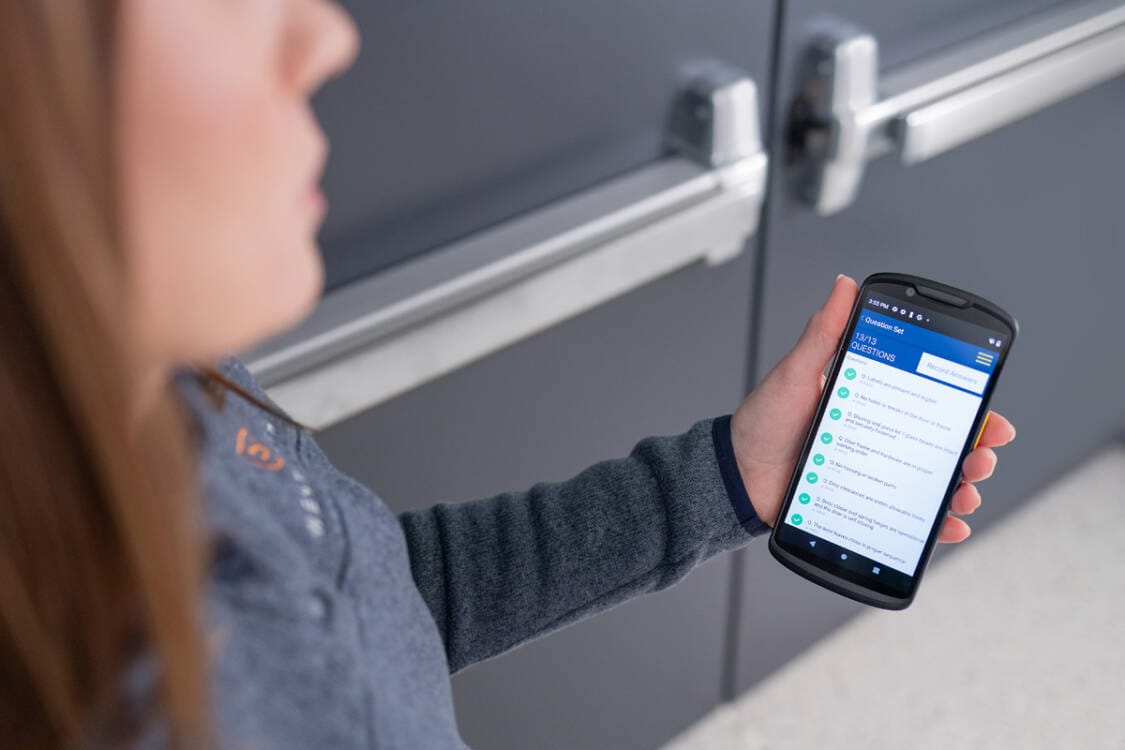What is NFPA 80?
NFPA 80 is the National Fire Protection Association’s (NFPA) standard titled “Standard for Fire Doors and Other Opening Protectives.” This standard provides requirements for the installation and maintenance of fire doors, windows, and other opening protectives to ensure their effectiveness in containing and controlling the spread of fire within a building. NFPA 80 covers various aspects, including the testing, inspection, and maintenance of fire-rated doors and related components to meet fire safety standards. It is an essential guideline for building owners, facility managers, and those responsible for fire safety in structures. Those who follow the guidelines can demonstrate NFPA 80 compliance as a part of an overall commitment to fire safety.
Who is Required to Ensure a Building is NFPA 80 Compliant?
NFPA 80 is relevant to a variety of stakeholders involved in the construction, maintenance, and operation of buildings. The following entities typically need to follow NFPA 80:
Building Owners and Managers: Those responsible for the overall safety and maintenance of a building need to ensure that fire doors and other opening protectives comply with NFPA 80.
Architects and Designers: Professionals involved in the design and construction of buildings must consider NFPA 80 requirements when specifying fire doors and related components.
Contractors and Builders: Those involved in the actual construction or renovation of buildings need to follow NFPA 80 to ensure that fire doors are installed correctly and meet the required standards.
Fire Inspectors and Authorities Having Jurisdiction (AHJ): Fire inspectors and AHJs are responsible for enforcing compliance with fire safety codes, and NFPA 80 provides guidance for them to assess the adequacy of fire doors and opening protectives.
Facility Maintenance Personnel: Those responsible for the ongoing maintenance and inspection of buildings, including fire doors, should adhere to NFPA 80 to ensure continued compliance and effectiveness.
It’s important to note that in addition to being great guidelines for fire protection safety, NFPA standards are also often adopted by various jurisdictions and may be incorporated into local building codes. As a result, compliance with NFPA 80 may be a legal requirement in many places.
How to Achieve and Maintain NFPA 80 Compliance
The first step towards NFPA 80 compliance happens during building construction. Architects and builders must select consider fire safety during design and construction, and must construct the building with the proper fire doors and dampers. After a building is completed, there are important ongoing requirements to be aware of for maintaining NFPA 80 compliance. Staying compliant with NFPA 80 requires regular inspection, testing, and maintenance of fire doors and other opening protectives. Here are some key steps to help maintain ongoing NFPA 80 compliance:
Understand NFPA 80 Requirements: Familiarize yourself with the specific requirements outlined in NFPA 80. This includes information on fire door types, installation, inspection, testing, and maintenance. NFPA 80 standards can be obtained from the National Fire Protection Association, either by purchasing the code book or accessing the standard online. The NFPA also offers comprehensive online training courses that introduce NFPA 80 compliance requirements and teach professional competency for fire door and damper inspections and testing.
Establish a Maintenance Program: Develop a comprehensive maintenance program that includes regular inspections, testing, and repairs of fire doors and related components. Create a schedule for routine checks and assessments. The NFPA 80 code helps to define how to structure the maintenance program.
Conduct Regular Inspections: Regularly inspect fire doors to identify any issues or wear. Inspections should cover aspects such as door alignment, hardware functionality, gaps around the door, and the condition of seals. The NFPA 80 code offers detailed guidelines on what regular inspections should include.
Perform Functional Testing: Conduct functional tests on fire doors, including the testing of closing devices, latching mechanisms, and other components. Ensure that doors close properly and are in good working condition.
Address Repairs Promptly: If any deficiencies or issues are identified during inspections or testing, address them promptly. Repair or replace damaged components to maintain the integrity of the fire door.
Keep Records: Maintain detailed records of all inspections, tests, and repairs. Document any modifications or upgrades made to fire doors. These records serve as evidence of compliance during inspections.
Managing NFPA 80 Compliance With Software
Software can be a valuable tool in managing and ensuring NFPA 80 compliance for fire doors, dampers, and other opening protectives. Here are some of the areas where software can streamline and enhance the NFPA 80 compliance process:
Inspection and Maintenance Management: Software can be used to schedule and manage regular inspections and maintenance tasks for fire doors. It can provide automated reminders for upcoming inspections, or even automatically schedule inspections to predefined personnel when they are due. This is vital to ensuring that inspections are conducted on time and on the proper intervals.
Digital Inspection Checklists: Utilizing digital inspection checklists within software allows for standardized and efficient inspections. Digital inspection checklists can be designed with questions that are constructed to follow NFPA 80 standards and offer transparency to the compliance process. Software programs that specialize in fire safety compliance may even have NFPA 80 compliant inspection checklists built in. Inspectors can use mobile devices to capture and record data on the condition of fire doors, making the process more accurate and streamlined.
Record Keeping and Documentation: Software can facilitate the organization and storage of inspection records, test results, and maintenance activities. Digital records make it easier to track the history of each fire door and provide documentation for compliance purposes.
Reporting and Analytics: Generate reports and analytics using software to gain insights into the overall compliance status of fire doors within a facility. This can help identify trends, areas of concern, and prioritize maintenance efforts. Advanced software programs offer on demand reporting with multiple filters to ensure that reports can be produced in numerous ways. This offers flexibility to satisfy the requests of any Authority Having Jurisdiction (AHJ).
Compliance Tracking: Software helps with NFPA 80 compliance by managing inspection, testing, and maintenance scheduling requirements. Software can monitor adherence to inspection schedules, testing requirements, and necessary repairs.
Centralized Information Management: Maintain a centralized repository of information related to fire doors, including specifications, installation details, and maintenance history. This ensures that all relevant data is easily accessible when needed.
Task Automation: Automate routine tasks such as inspection scheduling, notifications, and reporting. Automation helps reduce the likelihood of oversights and ensures that compliance activities are consistently carried out. It can auto-schedule tasks, or provide reminders when tasks are due.
Integration With Other Software Programs: Integrate NFPA 80 compliance software with other systems such as business analytics or work order management platforms to create a more holistic approach to fire safety. This integration can provide real-time data and alerts related to fire door status, and combine this data with other relevant information.
Audit Trail and Accountability: Software can maintain an audit trail, recording all changes made to fire door records. This accountability feature enhances transparency and helps identify any unauthorized modifications.
By leveraging software solutions designed for NFPA 80 compliance, organizations can enhance the efficiency, accuracy, and overall management of fire door inspection and maintenance processes. It also contributes to a more proactive and organized approach to fire safety within buildings.
Conclusion
Although NFPA 80 compliance can seem daunting, the NFPA offers clear guidelines that lead to compliance when followed properly. Being familiar with NFPA 80 standards and receiving proper training are important. Finally, the implementation of NFPA 80 compliance tracking software such as InspectNTrack simplifies the process substantially by managing equipment, scheduling, and documentation automatically.


